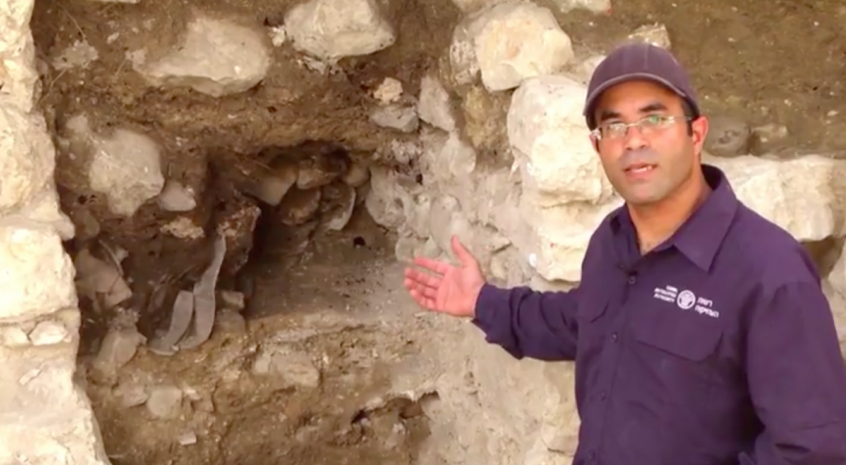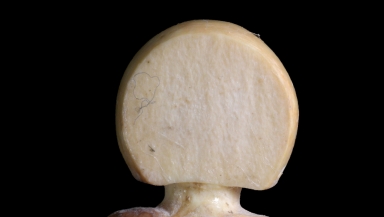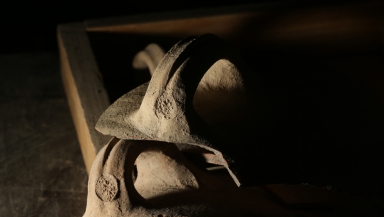
The little ivory statue shows a naked woman, hair done in the Egyptian style. And it dates from nearly three millennia ago, from Jerusalem.
Charred wood, grape seeds, pottery, fish scales and bones – these are just some of the artifacts unearthed that offer new proof of the Babylonian destruction of Jerusalem 2,600 years ago.
Archaeologists from the Israel Antiquities Authority have been digging in the Jerusalem Walls National Park on the eastern slope of the City of David.

Nestled beneath collapsed layers of stone, they have found evocative remains of daily life in Jerusalem, capital of the Judean kingdom, as it faced its demise at the hands of the Babylonians.
Among the excavation's findings are dozens of storage jars which served to store both grain and liquids,several of which had stamped handles. Several of the seals discovered depict a rosette – a petalled rose. Ortal Chalaf and Joe Uziel, Israel Antiquities Authority excavation directors, said: 'These seals are characteristic of the end of the First Temple Period and were used for the administrative system that developed towards the end of the Judean dynasty. Classifying objects facilitated controlling, overseeing, collecting, marketing and storing crop yields. The rosette, in essence, replaced the "For the King" seal used in the earlier administrative system.'

The wealth of Jerusalem at that time is clear from the ornamental artifacts also found, such as a small ivory statue of a naked woman with her hair styled in the Egyptian fashion.
Chalaf and Uziel added: 'The excavation's findings show that Jerusalem had extended beyond the line of the city wall before its destruction. The row of structures exposed in the excavations is located outside beyond the city wall that would have constituted the eastern border of the city during this period. Throughout the Iron Age, Jerusalem underwent constant growth, expressed both in the construction of numerous city walls and the fact that the city later spread beyond them.'













